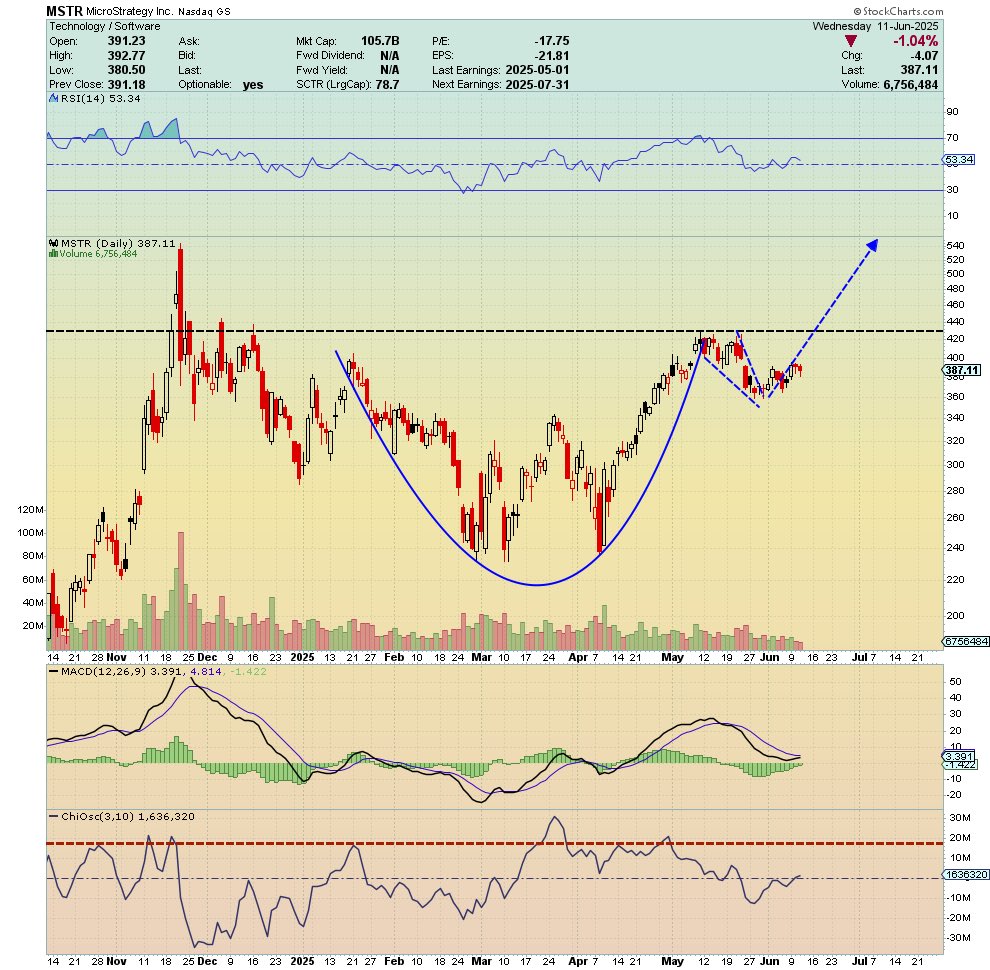MicroStrategy’s Short Interest Hits Record High—Here’s Why MSTR’s Price Could Explode or Implode
Wall Street’s betting against MicroStrategy like never before—but crypto bulls smell blood in the water.
Short sellers pile on
With MSTR’s short interest at all-time highs, the stage is set for a brutal squeeze or a spectacular collapse. The corporate Bitcoin whale’s stock has become a proxy war between crypto faithful and Wall Street skeptics.
The crypto factor
MicroStrategy’s $10B+ Bitcoin stash makes this more than a typical short play. Every BTC price swing amplifies the volatility—and the potential payoff for either side.
Finance’s favorite casino game
While shorts circle, Michael Saylor’s company keeps doubling down on crypto. Because nothing says ‘mature investment strategy’ like leveraging your balance sheet to buy digital assets at all-time highs.
MSTR Stock Short Interest Hits Record High
For context, short interest refers to the total number of shares of a stock that investors have borrowed and sold in anticipation that the stock price will decline. A rise in short interest typically signals growing pessimism about a company’s prospects.
Meanwhile, an ATH in short interest indicates a particularly high bearish sentiment. A market watcher, Luke Mikic, recently shared a chart on X (formerly Twitter), revealing that MSTR’s short interest hit an ATH in Q2 2025.

However, Mikic predicted this could trigger a “huge short squeeze.” A short squeeze happens when a heavily shorted stock unexpectedly rises in price.
As the price climbs, short-sellers are forced to buy back the stock to cover their positions. This creates a feedback loop and pushes the stock price even higher.
Interestingly, another analyst pointed out that MSTR is forming a Cup and Handle pattern. This is a bullish continuation pattern in technical analysis. It typically signals that the stock is preparing for an upward move.
“MSTR a bit more patience is needed here…. The cup & handle b/o WILL come….. and when it starts, it should go fast and furious….. Key levels to watch: 393, 404, 416, 432, 455, 481,” the post read.

Thus, if the price does break out, it could act as the catalyst for a short squeeze. This, in turn, could push MSTR higher.
However, the narrative of an impending MSTR short squeeze faced skepticism from another user.
“This is just market makers hedging against their derivative positions… aka options… we’re near a zone with a cluster of high concentration for delta heading. MSTR has the largest options market, to think market makers don’t play a role in its price action WOULD be naive,” Peter O wrote.
Peter explained that as the stock price approaches key strike prices, like the $390 level for Strategy, market makers adjust their positions to stay “delta neutral” (meaning they aim to avoid exposure to price fluctuations).
This process involves aggressive hedging, which can create buying or selling pressure on the stock. Peter further emphasizes the importance of understanding options FLOW and gamma exposure—concepts that explain how market makers’ actions influence the stock’s price dynamics.
His more technical perspective suggests that the movements in Strategy’s stock are not solely a result of short interest but are significantly influenced by complex options strategies.
Meanwhile, trading strategies could also be influencing the high short interest in MSTR stock. Jim Chanos, an investment manager and founder of Kynikos Associates, has been following a Bitcoin/MSTR trading strategy. According to CNBC, Chanos buys Bitcoin while shorting MicroStrategy’s stock.
“We’re selling MicroStrategy stock and buying bitcoin and basically buying something for $1 selling it for two and a half dollars,” Chanos said.
The rationale behind this strategy is that MSTR stock often trades at a premium relative to the value of its Bitcoin holdings. If this gap narrows, Chanos believes it could present a profitable opportunity.
Now, whether the MSTR stock price will rise or not remains to be seen. As of the latest data from Google Finance, the stock closed at $387.1, down 1.04%.

In after-hours trading, it dropped further to $385.0, reflecting a 0.55% decline.

